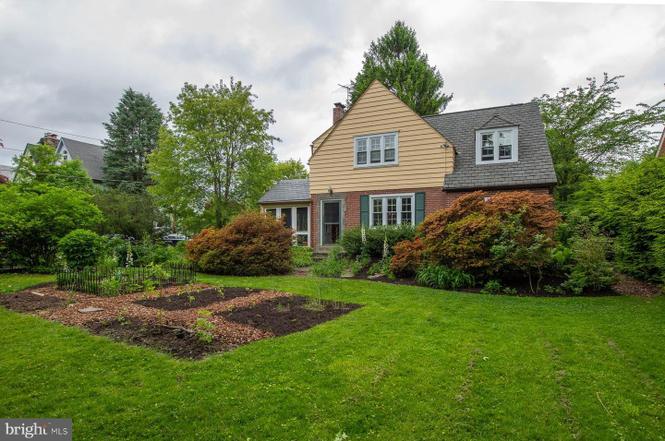

Haverford Township was primarily agricultural until the 20th century, with numerous streams and runs. These first families included names prominent in the early history of the colony: Bevan, David, Davis, Ellis, Lewis, Hayes, Howell, Humphrey, Lawrence, Llewellyn, Richard, Sharpus, Rees, Wharton, and Williams. The first Pennsylvania settlers arrived by sailing ships in 1682-1683. He asked parties to form "Companies of Adventurers" with the most prominent person in each "company" taking out a patent for typically 5,000 acres of land as trustee the parties would then split up the acreage among their participants. In 1682 he established three counties (Bucks, Philadelphia and Chester) and the first townships, among them Haverford in Chester County. Penn had to fund his colony from land sales. This "Welsh Tract" comprised all of what is now Haverford, Radnor, and most of Lower Merion townships. Groups of Welsh Quakers arranged to buy 40,000 contiguous acres, hoping to establish a Welsh "barony" within Penn's larger colony.

Penn made plans to use the colony as a "holy experiment" that would separate Church and State, and would welcome all comers, particularly those who, like his fellow Quakers, were suffering under religious persecution in Europe. Charles named it Pennsylvania, in honor of Penn's father, an admiral to whom a Royal debt was owed. In 1681 King Charles I of England established a new colony and appointed his friend William Penn as its Proprietor. Each wave of settlers made treaties with the indigenous population, often for the same land as those before them, but by about 1750 most of the Lenape had left land they were told was no longer theirs. Early maps show our area first as part of New Sweden and then New Amsterdam it was not until the land passed to English control that extensive settlement began. The area that is now Haverford Township was the territory of the native Lenape people when European settlers arrived in the 17th century.

It has been edited and updated by Kathy Case and Richard Kerr of the Historical Society and the Haverford Township Comprehensive Plan Steering Committee.) Peg was a dedicated leader in the Haverford Township Historical Society and architect of the Township's Historic Preservation ordinance. (This history is based on one written for the Delaware County Bicentennial in 1989 by Margaret "Peg" Johnston.


 0 kommentar(er)
0 kommentar(er)
